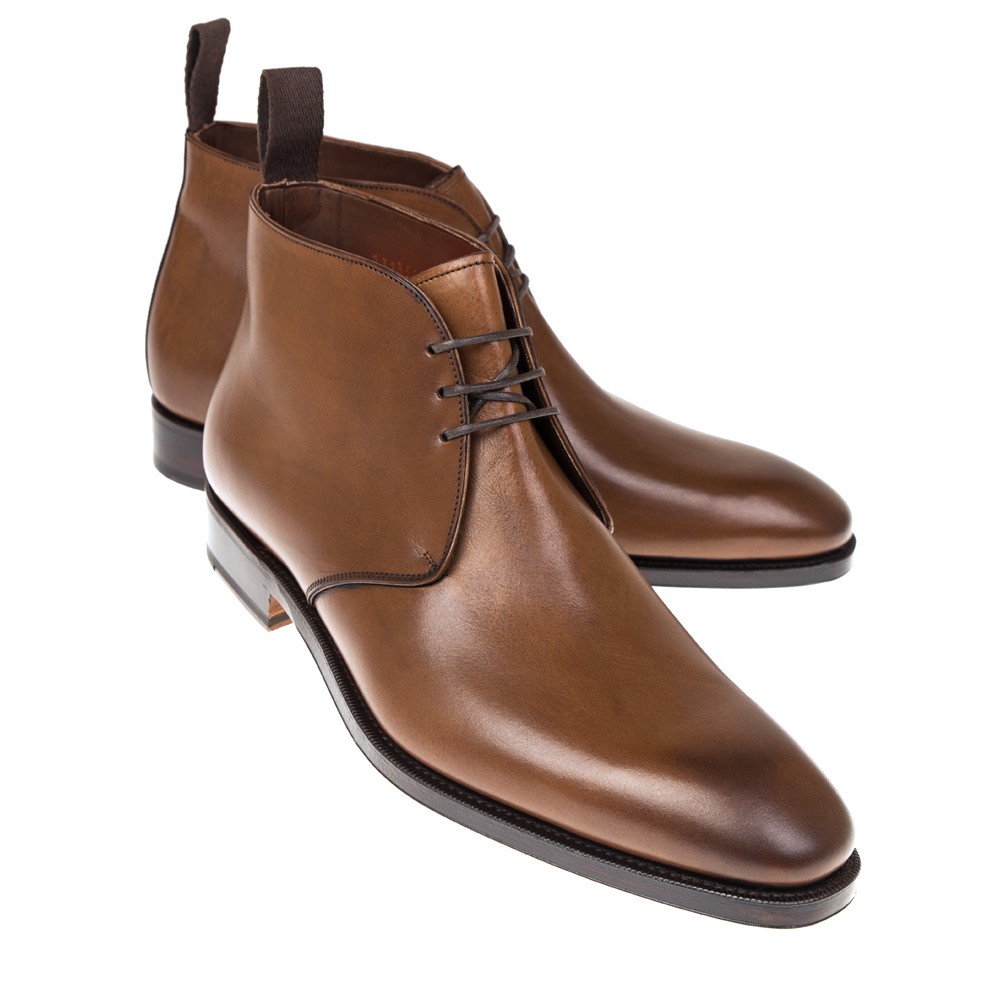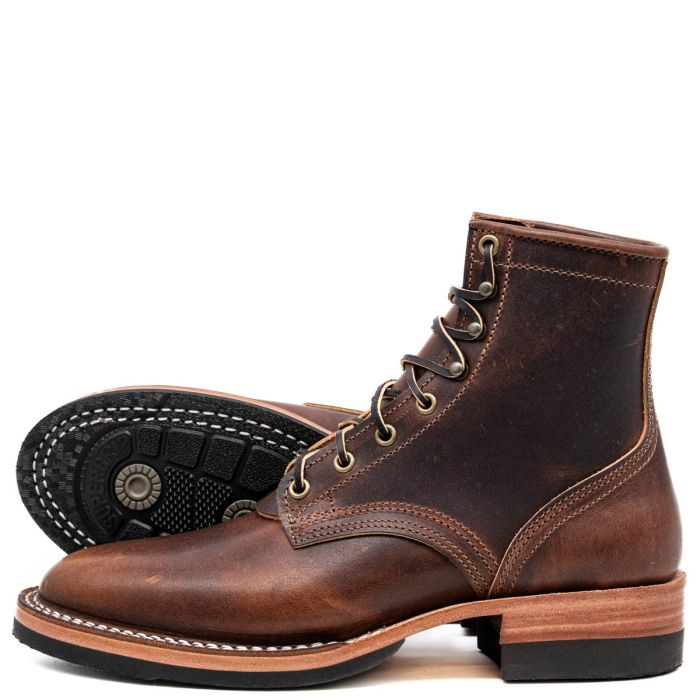JustinW
Stylish Dinosaur
- Joined
- Aug 18, 2008
- Messages
- 10,526
- Reaction score
- 1,820
The KTW round used a brass core rather than deformable lead. Teflon as an external coating has never been proven to increase effective penetration.
As far as I recall, the theory was that a subsonic teflon-coated round would somehow penetrate the weave of a kevlar vest better than s standard FMJ or HP. Sounds silly now, but some really believed this for a while - rather than the fact that it's a brass core that adds to it's penetrative value.
Just a novelty item for me - I got a box with one of my pistols, years ago.






